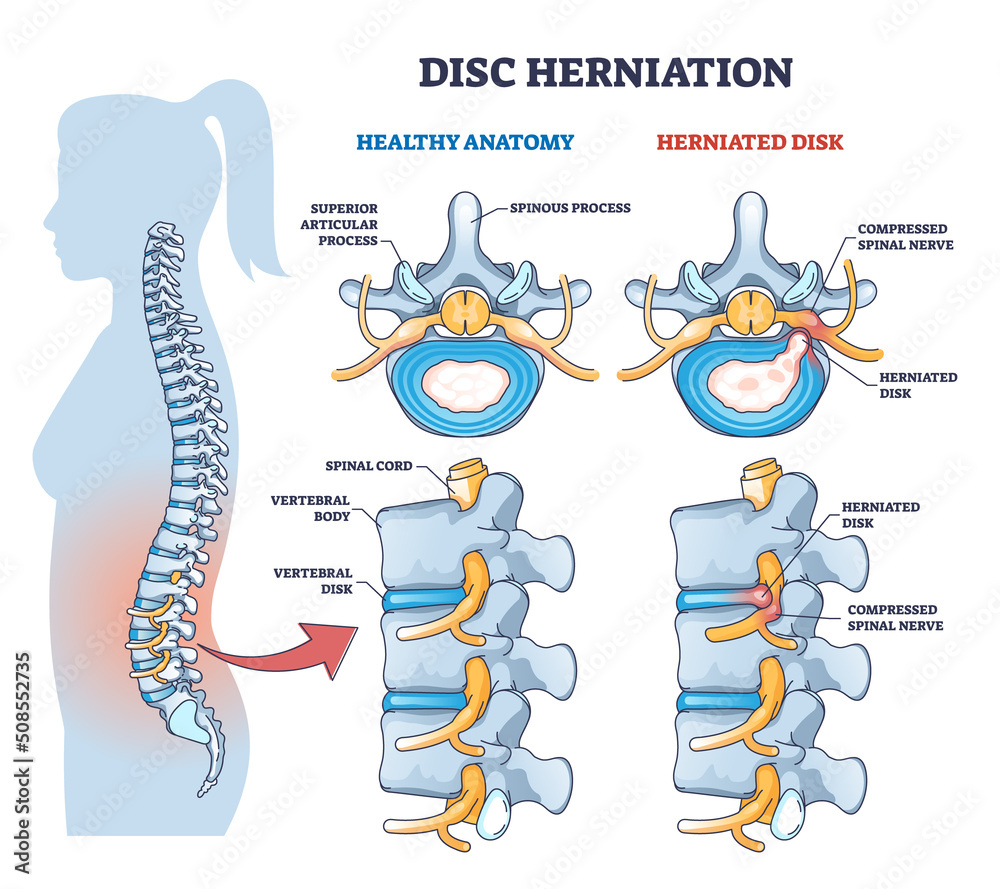Dealing with Pain: The Significance of Support Systems and Therapy

Experiencing pain can be a challenging journey that affects every aspect of life. Whether it's temporary pain from an injury or the persistent agony of long-term ailments, pain can lead to restrictions on movement, mental anguish, and a reduced quality of life. Thankfully, advances in pain management services and treatments offer hope and relief to those suffering. Understanding what pain management entails and recognizing the various approaches available are essential first steps in regaining a life unaffected by pain.
In this article, we will explore the various forms of pain and the most effective management strategies available. From acute to chronic pain, each form of discomfort requires customized approaches that may include a mixture of therapies, medications, and help. By exploring the science behind pain and assessing the role support systems play, we can discover valuable insights into how patients can navigate their pain journeys with greater resilience and knowledge. Whether you are considering physical therapy options, alternative treatments, or focused pain clinics, the in-depth overview ahead will shine a light on the path to wellness.
Grasping Pain Control
Pain control is a integrated approach to diagnosing and addressing different kinds of discomfort. It encompasses a spectrum of therapies and interventions aimed at alleviating suffering and improving the well-being for patients suffering from acute or persistent pain. By understanding what pain is and defining its various forms, healthcare providers can tailor treatment plans that respond to individual needs, helping patients reclaim control over their health.
Acute pain typically arises from a particular injury or medical condition and is often transient, while chronic pain persists over time, sometimes for months, often without evident cause. Effective pain management recognizes these variations and utilizes different strategies, including drugs, physical therapy, and integrative approaches, to offer support. Understanding these differences is essential for deciding the most effective management technique for each patient.
Furthermore, pain treatment often involves a team-based effort between healthcare providers, including physicians, physical therapists, and counselors. This teamwork framework ensures a comprehensive treatment approach that not only addresses physical symptoms but also tackles psychological aspects of pain. By fostering a supportive environment, patients are enabled to engage actively in their healing journey and make knowledgeable decisions about their well-being.
Therapies and Methods for Pain Relief
Successful pain relief often entails a combination of approaches tailored to an individual's particular needs. One of the most popular strategies is physical therapy, which concentrates on building up muscles, enhancing flexibility, and boosting mobility. Through specific exercises and techniques, physiotherapy can alleviate chronic pain conditions such as lower back pain, arthritis, and fibromyalgia. Patients often report a significant reduction in pain levels and increases in their ability to engage in daily activities.
Complementary therapies also play a crucial role in pain management. Chiropractic treatment, for instance, emphasizes spinal alignment and can be particularly beneficial for those experiencing musculoskeletal pain. Similarly, massage therapy offers a hands-on approach to alleviating tight muscles and enhancing circulation, providing immediate comfort and relaxation for many. my site , an traditional practice that entails inserting fine needles into specific points on the body, has gained popularity for its capability to stimulate the body's inherent pain-relief mechanisms and minimize overall discomfort.
In addition to these physical therapies, there are a variety of alternative treatments to consider. The growing demand in CBD and medical marijuana highlights the move towards more organic options for alleviating pain without traditional opioids. Furthermore, mindful awareness and meditation techniques are gaining respect for their capability to manage stress and, ultimately, lower pain levels. Each of these approaches contributes to a integrated approach, allowing individuals to take charge of their pain management journey.
Living Methods and Assistance Systems
In managing pain, lifestyle approaches play a critical role in conjunction with professional therapies. Regular physical activity, for example, can improve mobility and minimize discomfort, particularly for those dealing with long-term conditions such as arthritis and lower back pain. Activities like walking, swimming, and yoga can fortify muscles, enhance flexibility, and release endorphins, which naturally alleviate pain. Integrating healing foods into one's diet can also help lower overall pain levels by diminishing inflammation, offering a twofold approach to managing discomfort.

Support systems, including family, friends, and healthcare providers, significantly influence an individual's ability to cope with pain. Psychological support can lead to improved pain management outcomes by fostering a positive mindset and reducing stress. Joining support groups can provide a feeling of community and shared experience, which can be therapeutic in itself. Having someone who understands the battle of living with pain can make a substantial difference in how individuals perceive and cope with their condition.
Mental health also plays an integral role in pain management, emphasizing the necessity of a holistic approach. Mindfulness and meditation can help individuals cultivate coping strategies that reduce the psychological and emotional burden of chronic pain. Engaging in relaxation techniques can lessen stress levels, which often intensify pain sensations. Combining these lifestyle changes with a robust support system creates an environment conducive to recovery and enhanced quality of life for those dealing with ongoing pain.
